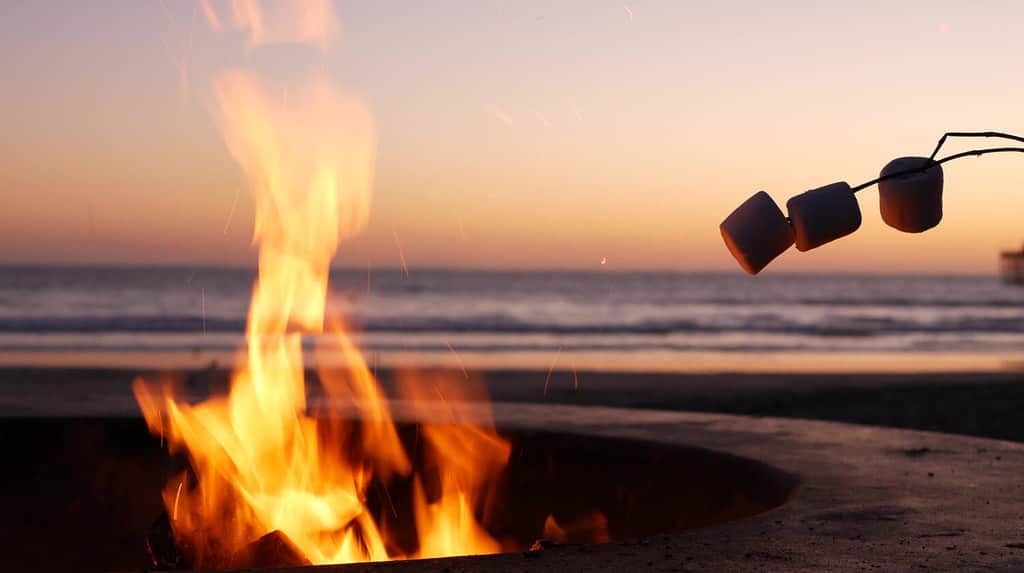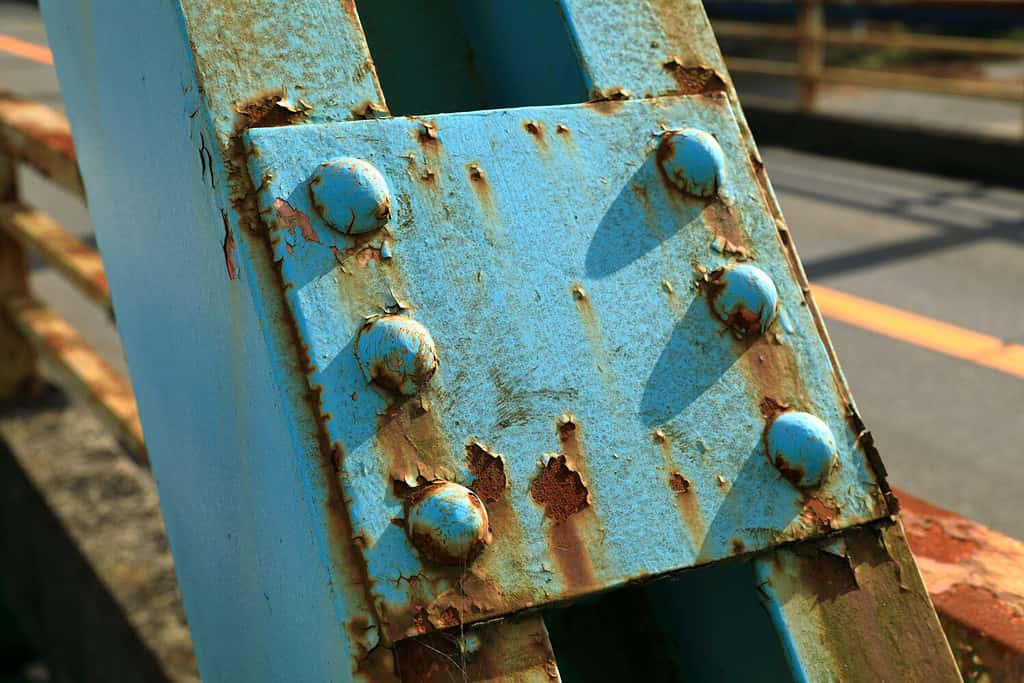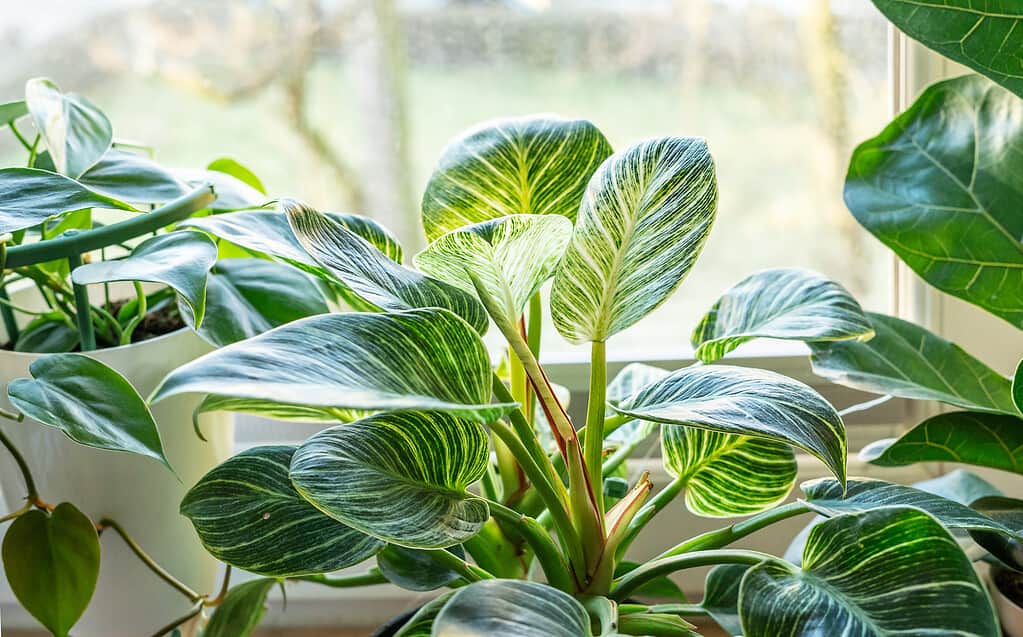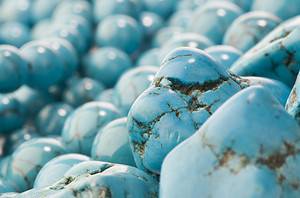The oxidation reduction reaction is one of the most common chemical reactions. In this type of reaction, two or more substances undergo a change in their oxidation states. Oxidation reduction reactions, also known as redox reactions, actually involve two separate processes that take place simultaneously. These processes result in the giving up and the accepting of one or more electrons, so that the involved substances have a change in their oxidation states. Chemists call these two processes oxidation and reduction. The substances that undergo changes in their oxidation states are referred to as either oxidized or reduced. Let’s take a closer look at oxidation vs. reduction and try to learn more about these basic chemical reactions.
What Does Oxidation State Mean?
The oxidation state of an atom represents the hypothetical charge that atom would have if all of its bonds were ionic, meaning they involved the giving or accepting of electrons. Many introductory chemistry textbooks devote entire chapters to the rules of determining the oxidation state of atoms. Most atoms can have multiple different oxidation states, depending on how their bonds. Their oxidation state may be neutral, positive, or negative. Elements in their free state, either floating around as single atoms or as diatomic or polyatomic molecules, generally have a neutral oxidation state equaling zero. Charged ions have a positive or negative oxidation state that matches their charge. Atoms bonded to atoms of other types also typically have a positive or negative oxidation state.
Oxidation vs. Reduction: An Explanation
Before we get too far into an explanation of oxidation and reduction reactions, we should first look at how chemical reactions work. In a chemical reaction the bonds between atoms or ions of one or more substances break down and new substances form. The broken substance or substances, known as the reactants, form a new substance or substances, called the products.

The formation of a patina on a copper coin represents an oxidation reduction reaction.
©Scott O’Neill/iStock via Getty Images
We represent chemical reactions in a written form as chemical equations. Reactants in a chemical reaction go on the lefthand side of the equation. Products go on the right. In the middle, an arrow points to the right, indicating the direction in which the reaction takes place. This arrow, read aloud as “yields,” indicates that the reaction between the reactants on the left yields the products on the right. Sometimes, if a reaction can progress in both directions leading toward an equilibrium between products and reactants, a double arrow, facing both directions, will replace the single right-facing arrow.
As mentioned above, in an oxidation reduction reaction, oxidation and reduction both take place simultaneously. The reactants on the left of the equation oxidize or reduce to become products on the right. It may be easier to understand this process if we take the reactions separately, one at a time.
Oxidation
Oxidation reactions represent a net loss of electrons. Therefore, the reactant loses one or more electrons, so that the product has a higher oxidation state. One of the simplest reactions to demonstrate this process is the hydrogen oxidation reaction. In this reaction, hydrogen gas, in its free state, is oxidized to form positively charged hydrogen ions and free electrons. Other ions can then pick up those free electrons in an aqueous solution. The reaction follows:
H2(gas) → 2H+(aq) + 2e−
The hydrogen atoms in the H2 molecule each have an oxidation state of zero. The two hydrogen ions formed by losing an electron each have an oxidation state of +1. Hydrogen, in this simple equation, moved to a higher oxidation state, changing from zero to +1. It was oxidized.
Meanwhile, the free-floating electrons that the hydrogen atoms from the reactant side of the equation lost each have a charge of -1. Showing these electrons as part of the equation allows for the balancing of the net charge. This is not typically necessary in complete oxidation reduction reactions, which have a second type of atom that simultaneously undergoes reduction.
Reduction
The above reaction, if reversed, can produce new molecules of hydrogen gas from hydrogen ions and free-floating electrons in solution. The new reaction would represent a reduction reaction, because the hydrogen ions would be on the left side of the equation as reactants, and the hydrogen gas would be on the right side as a product. See this reaction below:
2H+(aq) + 2e− → H2(gas)
In this reduction reaction, the oxidation state of each of the hydrogen ions on the left equals +1. But the oxidation state of hydrogen atoms on the left equals zero, because hydrogen in its free form, as a diatomic gas molecule, is neutral. This time, hydrogen has gained electrons and moved to a lower oxidation state. It has been reduced.
The Oxidation Reduction Reaction
Reactions that involve changes in oxidation states in real life usually require a combination of both the oxidation reaction and the reduction reaction. When one atom gives up one or more electrons, or undergoes oxidation, another atom accepts those electrons and undergoes reduction. Let’s look at what happens in the decomposition of water into hydrogen and oxygen. This reaction happens frequently in nature. Here is the equation:
2H2O → 2H2 + O2
Both hydrogen and oxygen form diatomic molecules when they float freely in nature as gases. In their natural form, H2 and O2, their oxidation state is zero. Therefore, the products of this equation each have oxidation states equaling zero.
On the reactant side of the equation, H2O combines hydrogen and oxygen atoms to form a neutral compound. But the oxidation state of each hydrogen in this compound equals +1, while the oxidation state of oxygen equals -2. We could rewrite the above equation as two separate half-reactions, showing the individual oxidation and reduction reactions that take place.
2H+ + 2e− → H2
2O2- → 4e– + O2
In the first half-reaction, hydrogen goes from an oxidation state of +1 to an oxidation state of zero. Each hydrogen gains one electron. Hydrogen is reduced. In the second half-reaction, oxygen goes from an oxidation state of -2 to an oxidation state of zero. Each oxygen loses two electrons. Oxygen is oxidized.
We must double our hydrogens and electrons from the first half-reaction to balance the final equation. So, we have a net loss of four electrons from the oxygen, and the hydrogens have a net gain of four electrons.
Oxidizing Agent vs. Reducing Agent
In the equation, 2H2O → 2H2 + O2, hydrogen was reduced, and oxygen was oxidized. Oxygen did the work of reducing hydrogen, by giving each hydrogen ion from H2O an electron. Oxygen, therefore, was the reducing agent. The reducing agent caused the reduction of another substance to happen. The reducing agent, meanwhile, was oxidized.
By the same token, each hydrogen on the reactant side of the above equation did the work of oxidizing oxygen, by taking away one of its electrons. Hydrogen was the oxidizing agent. It caused the oxidation of the oxygen ion from the water.
A Trick to Remember Oxidation vs. Reduction
If you feel a bit confused, don’t worry. This is a challenging concept for many chemistry students at first, but it gets a lot easier with practice. If you can remember the words OIL RIG, you can most likely remember the difference between oxidation and reduction.
OIL = Oxidation Is Loss
Oxidation means the loss of electrons. Fewer electrons equals a more positively skewed oxidation state.
RIG = Reduction Is Gain.
Reduction means the gain of electrons. A gain of electrons causes the oxidation state of a substance to skew more to the negative.
Oxidation Reduction Reactions in Real Life
It might help to look at a few oxidation reduction reactions that occur in real life. These types of reactions take place all the time, all over the world. Of course, they don’t represent every type of reaction, but they are quite common. Here are just a few examples of oxidation reduction reactions with which you are probably familiar already.
Combustion

The combustion of fuel in the presence of oxygen is an oxidation reduction reaction.
©Dogora Sun/Shutterstock.com
Combustion, the burning of a substance in the presence of oxygen, is a familiar oxidation reduction reaction. Let’s take a look at the combustion of methane, CH4. When methane burns in the presence of oxygen, carbon dioxide and water form. Here is that reaction:
CH4 + 2O2 → CO2 + 2H2O
Remember that the oxidation state of oxygen equals zero when it exists in its free state, as a diatomic gas. But when oxygen binds to hydrogen to form water, or to carbon to form carbon dioxide, it has an oxidation state of -2. In this equation, each neutral oxygen atom on the left side is reduced. It gains electrons to reach the -2 oxidation state on the right.
2O2 + 8e– → 4O2-
Meanwhile, carbon goes from an oxidation state of -4, bonded to four +1 hydrogen ions on the left, to an oxidation state of +4, bonded to two -2 oxygen ions on the right. Carbon is oxidized. It loses a total of eight electrons which oxygen can then pick up.
C4- → C4+ + 8e–
In this balanced equation, the number of electrons lost by carbon equals the number gained by oxygen. Carbon is the reducing agent and oxygen is the oxidizing agent. Hydrogen maintains the same oxidation state of +1 on both sides of the equation.
Rust

Oxidation reduction reactions cause the formation of rust.
©MMXeon/Shutterstock.com
Rust forms when iron combines with oxygen in the presence of water. The process requires multiple steps, which we won’t go through here. However, this essential process, an oxidation reduction reaction involving iron and water, can be illustrated with the simplified equation here:
4Fe + 3O2 → 2Fe2O3
In this equation, both iron and oxygen exist in their free state on the left side of the equation. As reactants, the oxidation state of both of these elements equals zero. On the right side, iron and oxygen combine as ions. In this particular compound, oxygen has an oxidation state of -2, and iron has an oxidation state of +3. The balanced equation has a net charge of zero on both sides. We know this is an oxidation reduction reaction because both iron and oxygen undergo a change in oxidation state from the left side to the right. Take a look at the half-reactions.
4Fe → 4Fe3+ + 12e–
3O2 + 12e– → 6O2-
Again, this balanced equation has the same number of electrons lost by iron as the number gained by oxygen. Iron is the reducing agent and oxygen is the oxidizing agent.
Photosynthesis

Photosynthesis is an example of an oxidation reduction reaction in the presence of light energy.
©Nataliia Tymofieieva/ via Getty Images
Plants convert carbon dioxide and water, in the presence of light energy, into glucose and oxygen through a process known as photosynthesis. The balanced chemical equation for this process can be seen here:
6CO2 + 6H2O → C6H12O6 + 6O2
Glucose is an organic compound made of carbon, hydrogen, and oxygen. The carbon in glucose has an oxidation state of zero. However, in carbon dioxide, the oxidation state of carbon equals +4. Therefore, each carbon goes from a +4 oxidation state on the left side of the equation to zero on the right. Each carbon is reduced and gains four electrons.
On the left side of the equation, each oxygen exists as an ion with an oxidation state of -2. Each oxygen on the right exists in its free state with an oxidation state of zero. Oxygen is oxidized as it loses electrons to return to its elemental form.
Importance of Oxidation and Reduction Reactions
Life on this planet would cease without oxidation and reduction reactions. These reactions are necessary for photosynthesis and cellular respiration. They provide most of the energy for our planet. Of course, oxidation reduction reactions also cause the corrosion of metals. These reactions cause food to go rancid and even affect the aging of our cells. Understanding oxidation and reduction is essential for anyone who studies chemistry or biology. Hopefully, this overview has helped you understand the concept a little bit better, too.
Thank you for reading! Have some feedback for us? Contact the AZ Animals editorial team.








